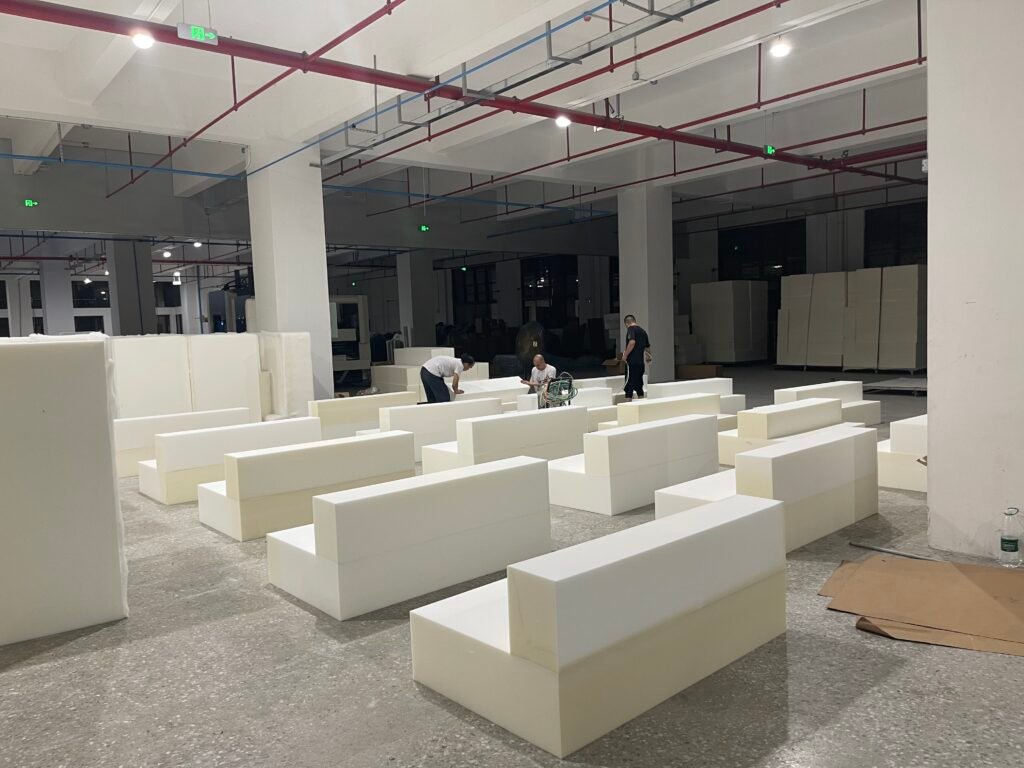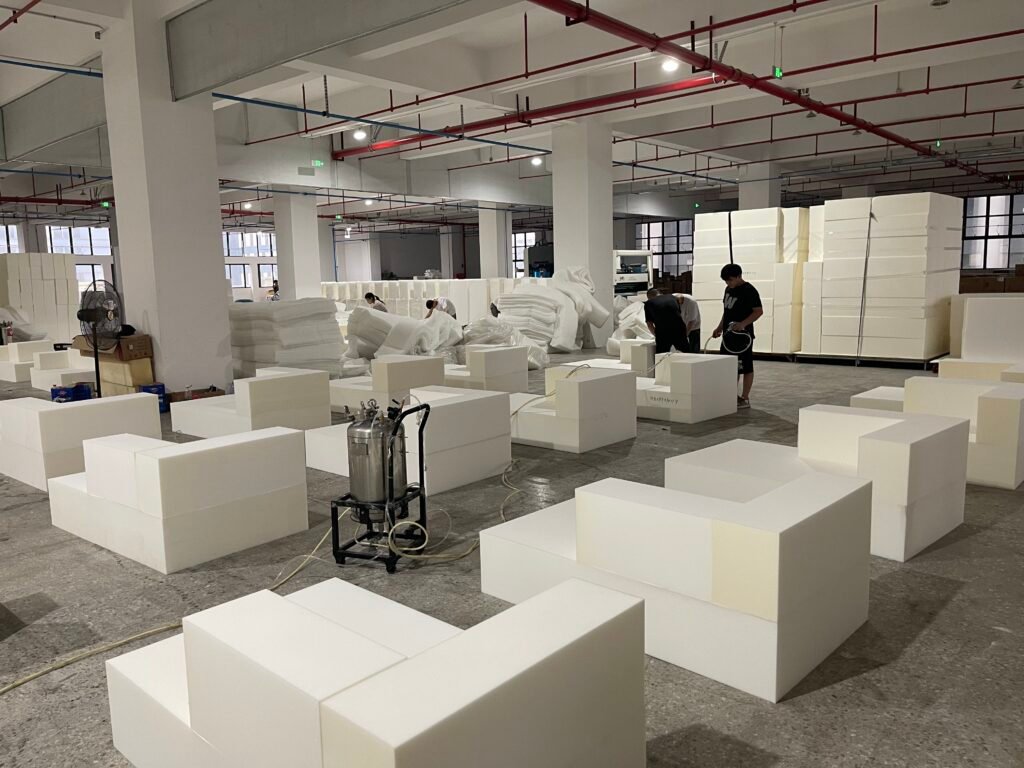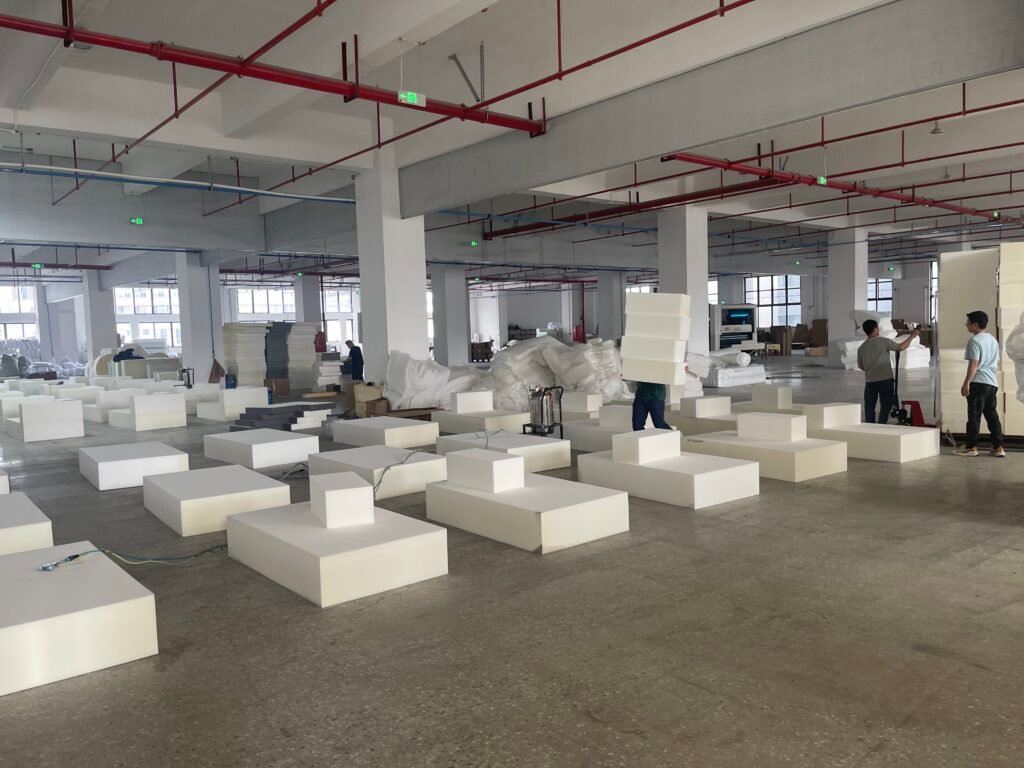Repurposing old compress sofa covers and materials is not only an eco-friendly practice but also a smart business strategy for companies in furniture manufacturing, upholstery, and textile industries. By adopting sustainable reuse methods, businesses can reduce waste, cut costs, and enhance their brand’s environmental responsibility. Below, we explore practical ways to repurpose these materials, inspired by industry examples and enriched with B2B insights.
Why Repurpose Old Sofa Covers and Materials?
For businesses, repurposing old sofa covers and compress materials offers several advantages:
- Environmental Responsibility: Reducing textile waste aligns with global sustainability goals and appeals to eco-conscious consumers and partners.
- Cost Efficiency: Reusing materials can lower raw material expenses and reduce disposal costs.
- Brand Value: Demonstrating commitment to circular economy principles strengthens brand reputation and market differentiation.
- Regulatory Compliance: Many regions encourage or mandate textile recycling and sustainable waste management, making repurposing a proactive compliance measure23.


Top Ways to Repurpose Old Compress Sofa Covers and Materials
Building on common practices and expanding for business applications, here are effective repurposing methods:
1. Recycling Through Textile Banks and Industrial Partners
Businesses can collaborate with local textile recycling centers or specialized industrial recyclers to process old sofa covers and compress materials. This ensures materials are broken down and reused in manufacturing new textiles or insulation products, supporting circular supply chains2.
2. Reuse as Spare Covers or Samples for Customer Demonstrations
If the sofa covers remain in good condition, companies can clean and store them as spare sets or use them as fabric samples for client presentations. This practice reduces the need for new sample production and showcases sustainable resource use2.
3. Donation for Educational or Artistic Use
Donating old sofa covers to local schools with textile or design programs, or to artists specializing in fabric arts, provides valuable materials for education and creativity. This fosters community goodwill and promotes sustainable textile use2.
4. Upcycling into New Products
Old compress sofa covers can be creatively transformed into:
- Decorative Cushions and Pillows: Cutting and sewing fabric remnants into stylish cushions adds value and extends product life.
- Fashion Accessories: Smaller scraps can be crafted into items like hair scrunchies or tote bags, appealing to eco-conscious consumers.
- Cleaning Cloths: Worn or damaged fabric pieces can be cut into durable cleaning rags for industrial or commercial use2.
These upcycled products can be marketed as eco-friendly alternatives, opening new revenue streams.


5. Material for Insulation or Padding
Compress materials from sofa covers often contain foam or padding that can be repurposed in automotive, packaging, or construction industries as insulation or cushioning materials. Partnering with companies in these sectors can create cross-industry recycling opportunities3.
How to Prepare Old Sofa Covers for Repurposing
To maximize the value and usability of old sofa covers, businesses should:
- Clean Thoroughly: Remove dirt, stains, and odors to ensure materials are hygienic and appealing.
- Sort by Material and Condition: Separate fabrics suitable for reuse, upcycling, or recycling to streamline processing.
- Remove Non-Textile Components: Detach zippers, buttons, or foam inserts for separate recycling or reuse.


Sourcing and Supply Chain Considerations for B2B
For companies looking to incorporate repurposed materials or supply them, consider:
- Establishing Collection Programs: Encourage clients or consumers to return old covers for repurposing.
- Partnering with Textile Recycling Firms: Build relationships with certified recyclers to handle material processing.
- Offering Custom Upcycled Products: Develop product lines that incorporate repurposed sofa cover materials, marketed for their sustainability credentials.
- Ensuring Quality and Compliance: Maintain standards for hygiene, durability, and safety in repurposed materials to meet industry regulations.
Conclusion
Repurposing old compress sofa covers and materials presents a valuable opportunity for B2B companies to embrace sustainability while enhancing operational efficiency and brand reputation. By recycling, reusing, donating, and upcycling these materials, businesses contribute to a circular economy and meet growing market demands for eco-friendly practices. Whether you are a furniture manufacturer, textile supplier, or recycler, integrating these strategies can position your business as a leader in sustainable innovation.
If you are interested in sourcing high-quality sofa covers or exploring bulk textile recycling solutions, connecting with specialized suppliers and recycling partners is a key step toward a greener, more profitable future.